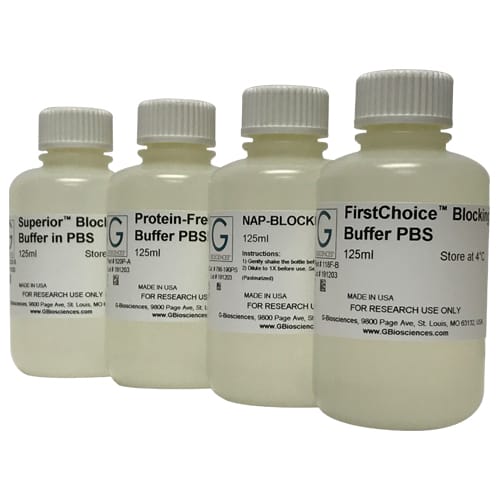Plasmid isolation is crucial to biology and an essential step in various procedures, including cloning, DNA sequencing, transfection, in vitro translation, blotting, and gene therapy. However, these applications require the isolation of high-purity plasmid DNA. Whereas genomic DNA extraction is simple and straightforward, plasmid DNA extraction can be more complicated.
Plasmid Isolation: Overcoming the Challenges for Isolating Plasmid DNA
Topics: Molecular Biology
Taq Polymerase is Preferred Enzyme for Polymerase Chain Reaction (PCR)
A DNA Polymerase is a vital biological enzyme that is present in DNA replication. In the process, DNA copies into two daughter DNA molecules and synthesizes a new DNA strand from the existing strand by adding dNTPs to the growing DNA.
Topics: Molecular Biology
The Role of Tween 80 in Protein Solubilization and Stabilization
Various types of commercial-grade detergents contain elevated levels of sulfhydryl oxidizing agents, peroxides, salts, and carbonyl compounds. The proteins that are isolated by these detergents are highly susceptible to contaminating peroxides and carbonyls. The peroxides oxidize the proteins, and the carbonyl groups will form Schiff’s bases with the proteins that interfere with its structure.
Topics: Detergents
Blocking Buffer Selection Guide: Tips for Selecting the Best Blocking Agent
Blocking buffers are used to bind the surface areas that may attach to reagents during the testing process and prevent nonspecific antibodies from interacting with reagents. Blockers can also cause poor reading or inaccurate results.







